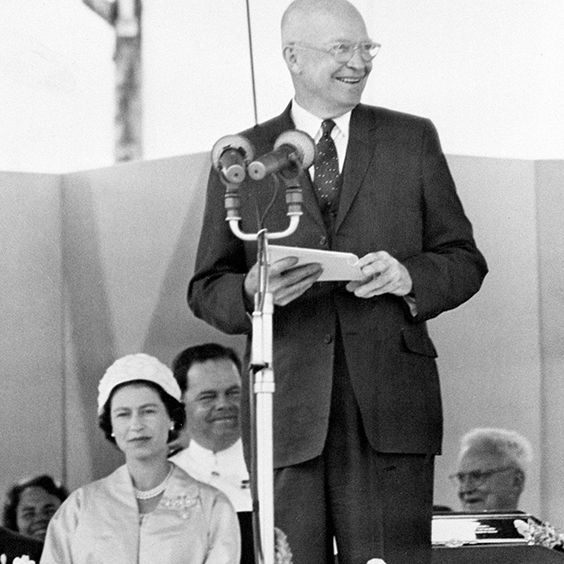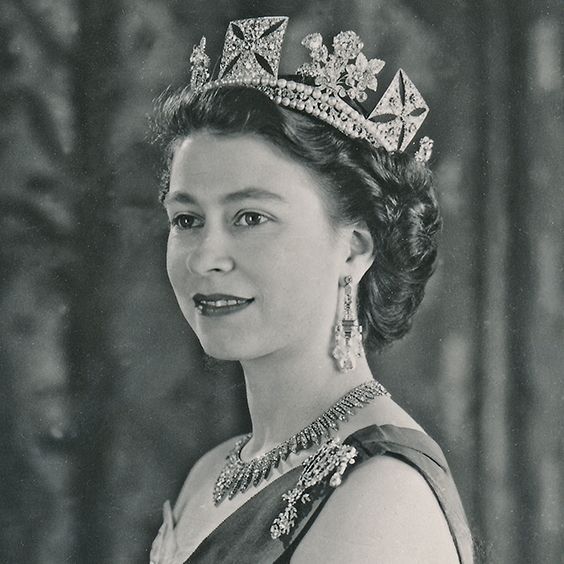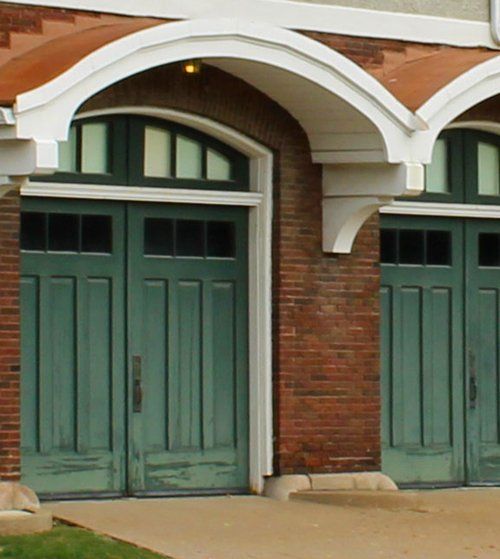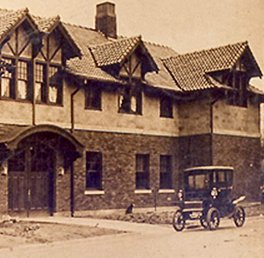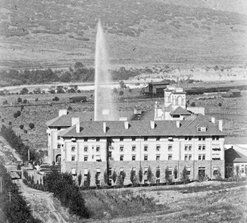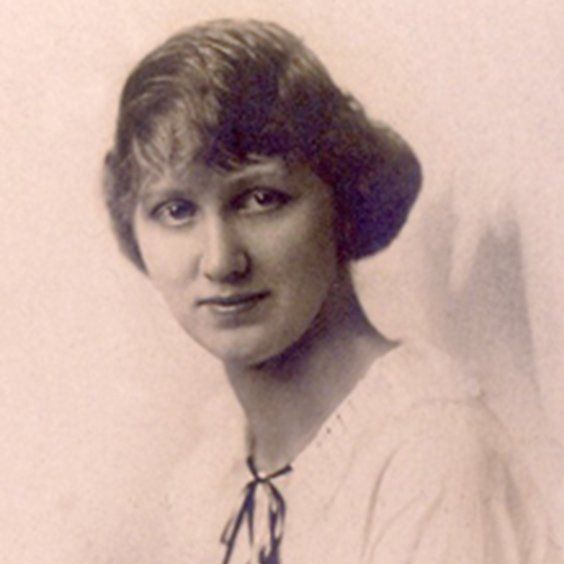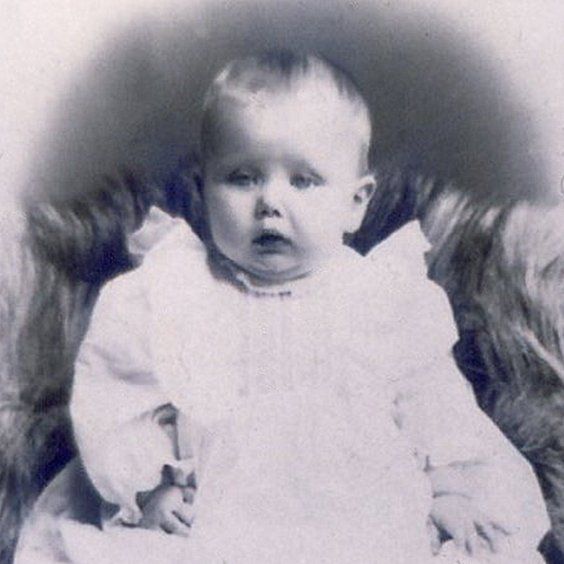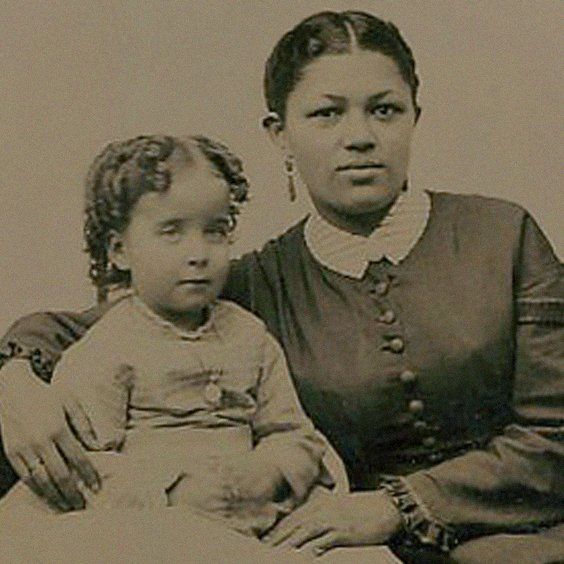Butterworth Staff
- By Gretchen Small
- •
- 23 Nov, 2020
- •
November 23, 2020
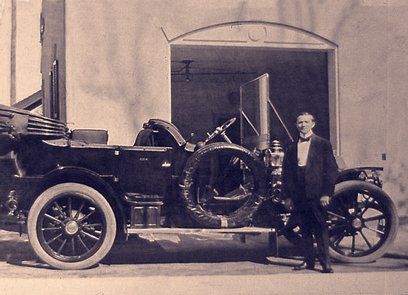
Over the years, there have been many stories, photographs and historical documents added to our archives. One subject area I enjoy collecting is information on the staff that worked for the Deere, Wiman and Butterworth family.
I have searched for names of staff through a variety of sources. The wills of various family members produced many names. In addition, old newspaper articles, photographs and a variety of other documents have produced names of staff to add to the records. Another rewarding source has been meeting descendants of staff members. Family members have shared a wealth of information and photographs about their ancestors.
Butlers were essentially the business manager of the home. In the Butterworth case, this meant that Albert oversaw Hillcrest, their primary residence in Moline and additionally the Chicago apartment, the home in Maryland, a Washington, D.C. apartment and two California homes. The Butler's job included all hiring and firing of staff.
What type of training did Albert have to prepare him for the job of Butler?
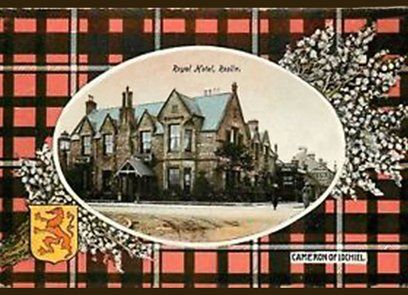
His first job was in Scotland, because he wanted to learn English, travel and meet people from other countries. So the teenager left Germany to work at the Royal Hotel in Roslin, Scotland.
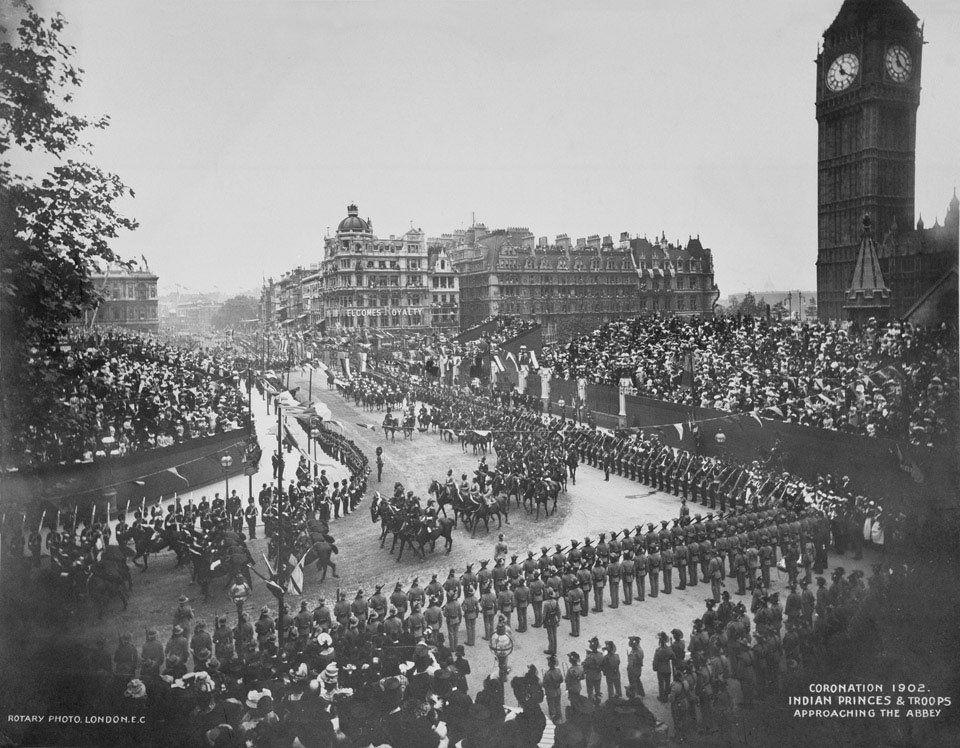
Albert had hoped that his training in hotel service would provide him with the ability to travel and learn new languages. Between 1902 and 1906, he fulfilled his dream. He worked in hotels in Geneva, Switzerland; Algiers, Africa; Basil, Switzerland; and Monte Carlo.
In 1906, Albert did his duty by fulfilling his conscription in the German army for 2 years. Once his service was completed his next job would change his life and enable him to achieve another dream, of moving to America. While working at a hotel in Baden Nauheim, he met a wealthy banker from Pittsburgh who offered Albert a position as his Butler. After 2 years in his employ, the banker died, and Albert was faced with his next move.
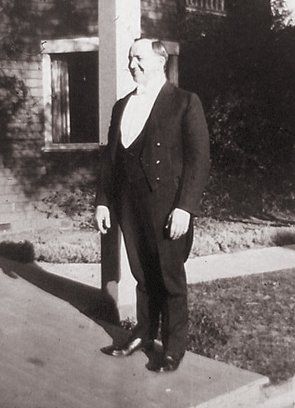
Albert would work for the Butterworth family for the next 43 years. His training prepared him for the work he found at Hillcrest, the primary residence of William and Katherine Deere Butterworth. As manager of the home, he was perfectly qualified to coordinate everything going on in the Butterworth homes and could easily handle any entertaining events. Albert described in a May 29, 1953, Off the Beaten Path
article by Fred Klann, in the Moline Dispatch,” Mr. Butterworth was an understanding man. He used to say to me, ‘Albert, if you decide to do something or some one asks you to do something, make up your mind to do it right, to do it the very best you can and know how. Otherwise, don’t try to do it at all’” And when asked about Mrs. Butterworth, Albert said “Everybody in the town knows how good she is, her many charities, her kindnesses, the wonderful things she has done for the community. She is the best to work for, really takes care of her help.”

Left to Right: Corine Carlson, Lydia Swanson, Ruth Moll, Emma Johnson, Herbert Schauer, Albert Boost, Fred Oakleaf
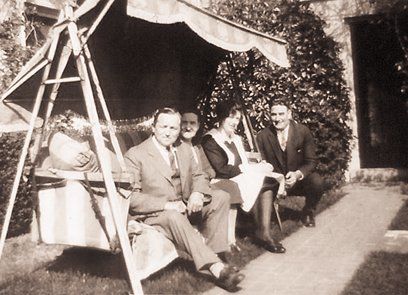
Left to right: Albert Boost, Emma Johnson, unknown woman, Dominic Jordano
From the many photographs in the Butterworth Archives, I think you can see how well-liked Albert Boost was by the rest of the staff. There appears to be a comradery among the staff. Albert oversaw a staff of about 20 at Hillcrest and then people at the other homes owned by the Butterworth couple. We know that when Mr. and Mrs. Butterworth would travel to one of their other homes or on trips, that Albert coordinated the moves. If the couple went to the Santa Barbara home for the winter, Albert and other staff members would head to California by train to prepare for the arrival of Mr. & Mrs. Butterworth on a later train.
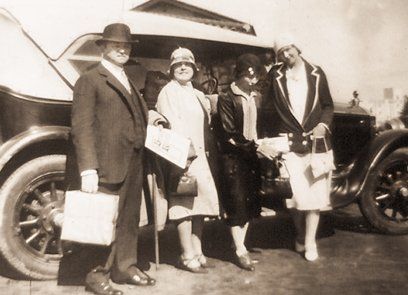
Left to Right: Albert Boost, Madeline Jordano, unknown woman, Ruth Moll
Albert would also travel with Mr. & Mrs. Butterworth when they went overseas. His mastery of multiple languages came in handy for the couple. His early life of moving from job to job gave him the ability to ensure that travel to anywhere went smoothly.
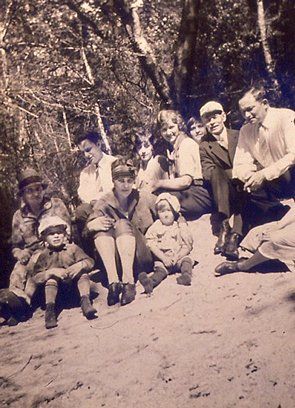
Left to Right, Front Row: Emma Johnson, Albert Boost Jr., Lydia Swanson, Elinor Boost. Left to Right, Back Row: Herbert Schauer, unknown woman, Ruth Moll, unknown woman, Fred Oakleaf, Albert Boost
As I mentioned earlier, in May of 1953, Albert Boost finally agreed to let Fred Klann interview him for the Moline Dispatch. On June 2, 1953, Queen Elizabeth’s coronation occurred. Katherine Deere Butterworth and Pattie Southhall Wiman (wife of Charles Deere Wiman) attended the coronation. I don’t know if Albert made this trip with them, but I am sure he remembered the procession he saw for King Edward the VII in 1901. Almost 52 years had passed, and Albert had led a fascinating and fulfilling life.
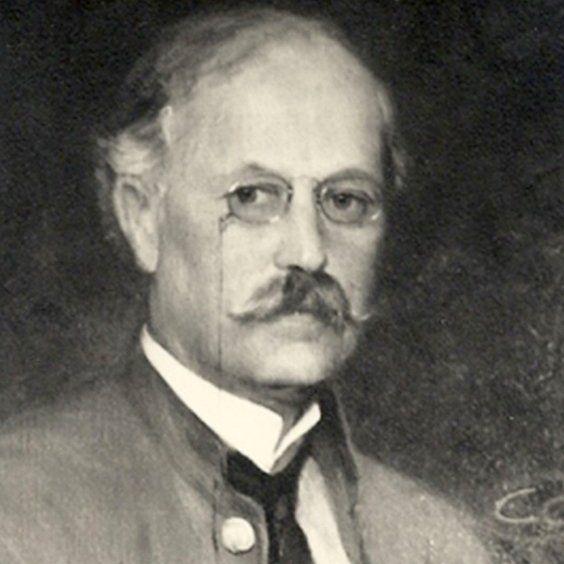
If you have not watched any of our YouTube videos at our channel Deere Family Homes, we encourage you to check out the April 2022 video. The video features the story of one painting hanging in the Deere-Wiman House. The painting’s artist is Alexander Harmer.
We are lucky to have four paintings in our collection that were created by Harmer. It made sense for us to learn more about Harmer and see if we could determine why we have so many paintings from one artist. I love all four pieces and wanted to know more about the artist and determine if there was a connection to the family. Three of the paintings hang in the Deere-Wiman House and one at Butterworth Center. So, it was not just one family member that took an interest in his work.
Did any of the family know Alexander Harmer? We wish we knew. It is possible since Harmer’s life in Santa Barbara does overlap with the Butterworth and Wiman families. Or maybe the family did not know Harmer but was drawn to his art and purchased pieces through art dealers.
Alexander Francis Harmer was born in 1856, in Newark, New Jersey. One source I read said that he sold his first work at the age of 11 for $2. Then at the age of 16, he lied about his age and joined the United States Army. He was stationed in California, which I think is the time period his artistic interests changed. He turned towards painting and illustrating the Apache Nation. The year would have been 1872, and the US Army would have had a large presence in the West with the enforcement of federal Indian policy (which consisted of allotment of land and assimilation.)
After just one year, Harmer asked for a discharge and left the military. He worked as a photographer’s assistant until he was able to enroll in art school. He studied art under Thomas Eakins and Thomas Anshutz at the Pennsylvania Academy of Fine Art. In 1881, he re-enlisted in the Army and headed to his assignment at Fort Apache, Arizona. Harmer probably saw the Army as a cheap way of traveling West to continue his interest in the American West and the Apache Indians. During this enlistment, he was able to serve in an Army division assigned to pursue Geronimo. His studies of Indian life created an invaluable record. Harmer then returned to the academy in Pennsylvania where he turned his sketches of the Apache Nation into illustrations for Harper’s Weekly.
Alexander Harmer died on January 10, 1925, supposedly while admiring the sunset from his backyard. This was just six months before the Santa Barbara earthquake, which left the Harmers' adobes in ruins.
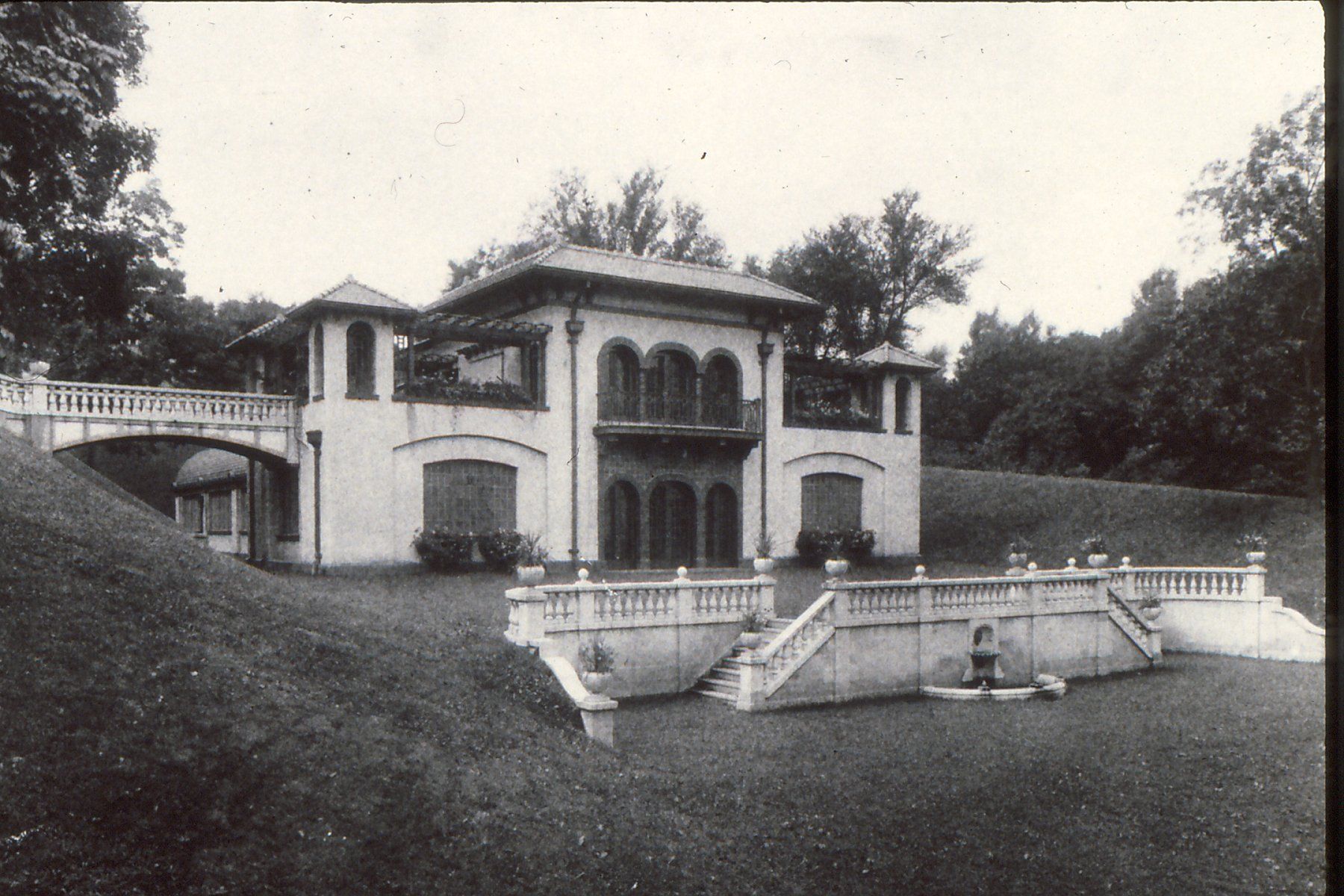
Click here to view a new video on our YouTube Channel featuring the Swimming Pool built in 1917 on the Deere-Wiman House grounds. https://youtu.be/NgV6XUEkrLs
